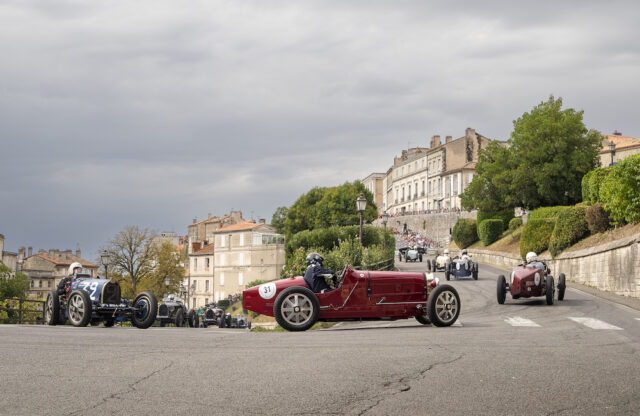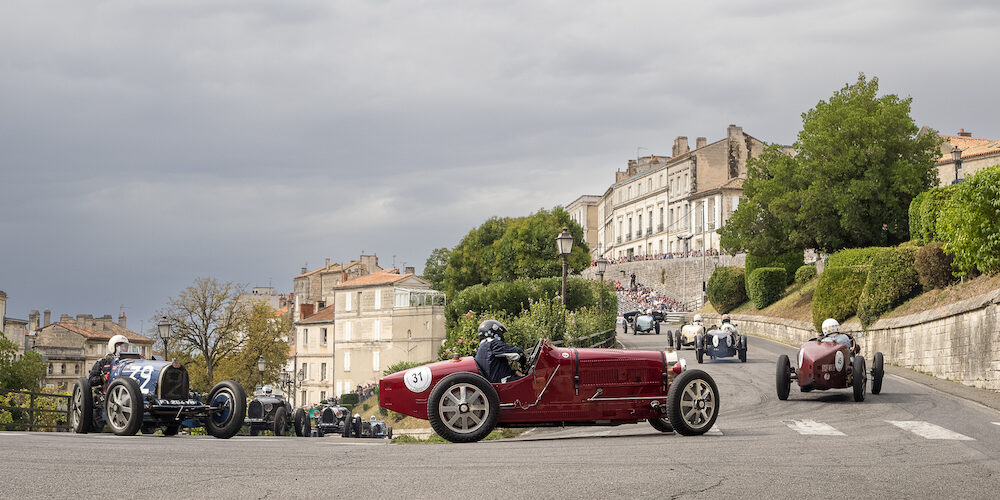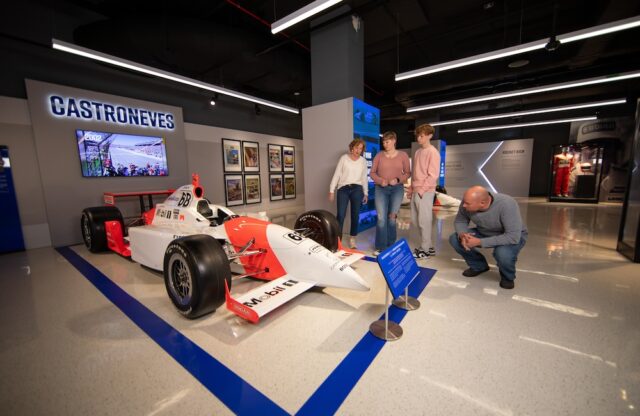WORDS AND PHOTOGRAPHY: CHRIS TARLING
Nicknamed the ‘balcony of the southwest’, Angoulême sits majestically overlooking the Charente river among the rolling hills of west-central France. The town’s typically relaxed atmosphere is on this weekend shattered by the sounds of unsilenced race engines echoing around the labyrinthine streets. The town is host to an annual Historic motor sport festival that started in 1939, the Circuit des Remparts, running for the 51st time over September 15-17, 2023.
Although the event now includes exhibitions, a concours d’élégance, a ‘rallye’ tour for classics and a restoration contest, Sunday remains its focus and its zenith as a day filled with Historic racing interspersed with demonstrations. Understandably now lined by metal crash barriers rather than straw bales, the course layout has remained unchanged from that first 1939 running, tracing a sinuous route through the narrow and winding streets. Via some stiff gradients and tight hairpins, the circuit also includes a section of the ramparts themselves, running alongside the 12th century cathedral.
Sunday afternoon sees six highly competitive races and three demonstration ‘grids’. Plateau Maurice Trintignant opens the afternoon’s racing (all of the Plateaux are named after famous French racing drivers). For pre-1939 cars the grid is a mixture of Austins, GNs, Salmsons and Rileys. This is in turn followed by Plateau Jean-Pierre Beltoise for pre-1965 GT cars and a demonstration of ‘barquettes’ (open cars without roof or windscreen).
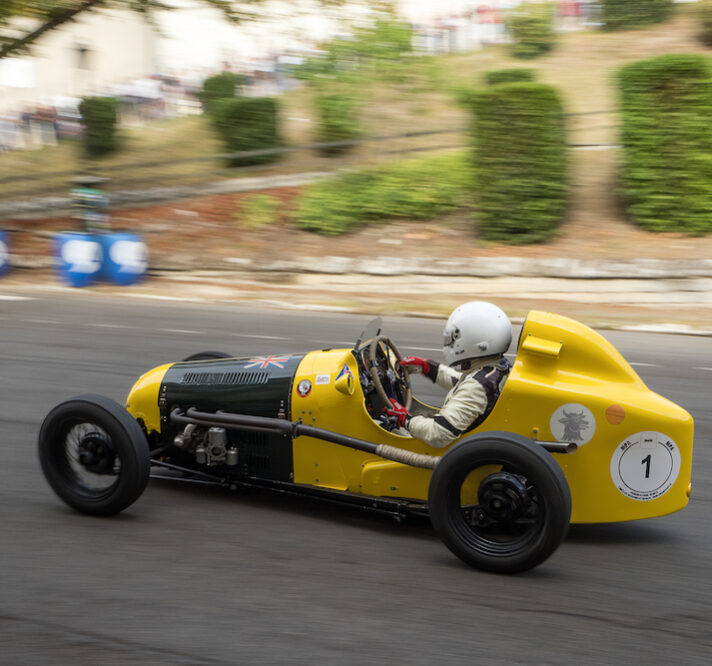
The circuit also includes a section of the ramparts themselves, running alongside the 12th century cathedral
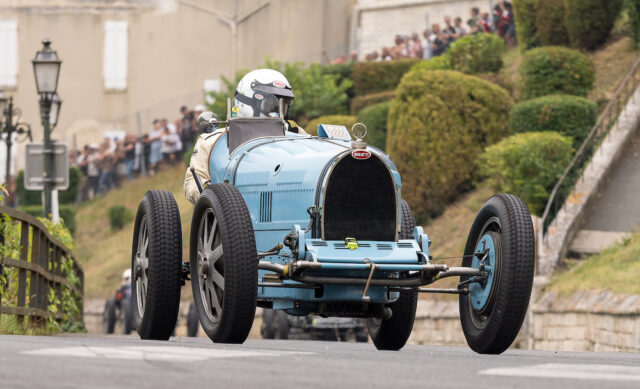

Next up is the undoubted blue-riband contest of the festival, the race for which the Circuit des Remparts is revered. The Plateau Marc Nicolosi, which usually consists entirely of Bugatti racers, this year adds a sole Delage 1500 S8 to rekindle the historic rivalry of the two marques. On a still-dry track, Bo Williams in his 1926 Type 35B simply drives away from the pack to win by an emphatic 40 seconds from the Type 35 of Arnaud Graignic. Bo also sets the fastest lap of the race, very nearly five seconds faster than the rest of the field.
A heavy downpour just as the Plateau Raymond Sommer is exiting the pits sees that race start behind the safety car. Rapidly worsening weather conditions with very heavy rain and suddenly squally winds persuade the organisers to momentarily halt the race with the red flag. At its resumption, Théo Hunt takes the chequered flag but the crowd vote goes to second-place Tommy Waterfield, who slithered around the wet track in flamboyant fashion aboard his 1921 GN Harlequin.
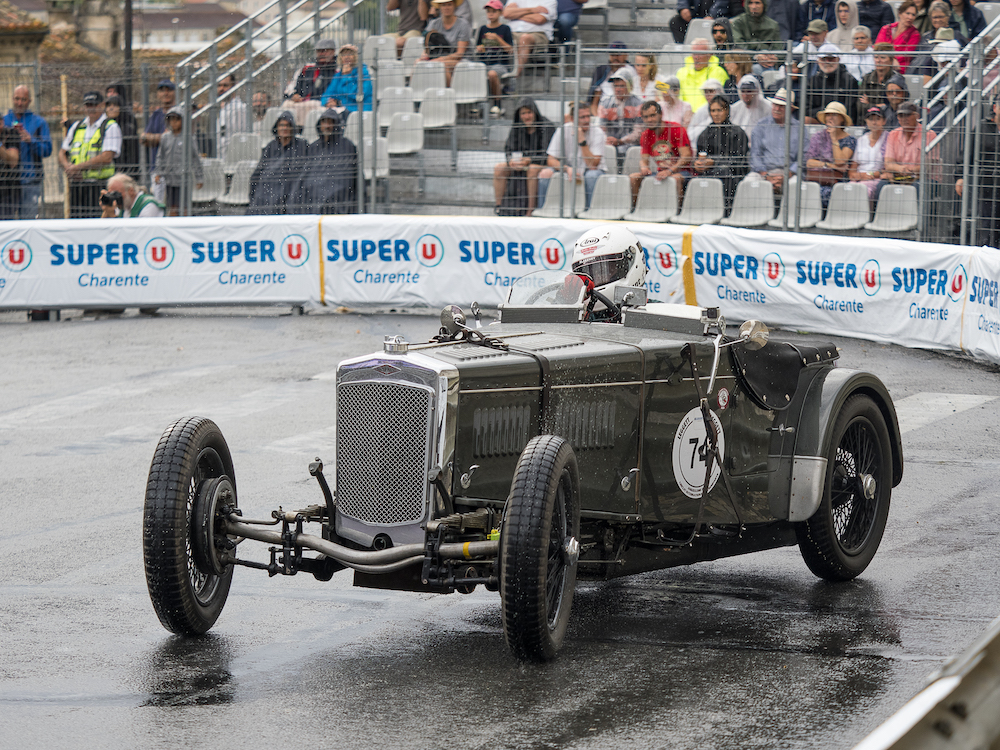
Plateau Bernard Darniche, a demonstration of the Lancia Stratos in the hands of Adrien Audibert and Nicolas Leroy-Fleuriot, is followed by Plateau Prince Bira consisting of 13 pre-1938 MGs.
Saving perhaps the best until last, the festival concludes with the eagerly anticipated Plateau Henri Greder, noted for producing a hotly contested and crowd-thrilling race. This year does not disappoint; 18 pre-1978 GT cars form the powerful and raucous grid. Eric Empois has taken pole in his bright-orange BMW E21. Unlike the other Plateaux this grid takes a standing start on the still-wet track. The resulting chaotic run down the narrow streets to Theater corner sees Jean-François Besson squeezed up against the kerb in his Alpine A110. From second on the grid, the hugely popular François Delecour soon takes the lead and opens up a commanding gap from the pack. After an enormously entertaining and masterly display of car control he takes the flag, some 21 seconds ahead of the slightly battered Alpine of Besson.
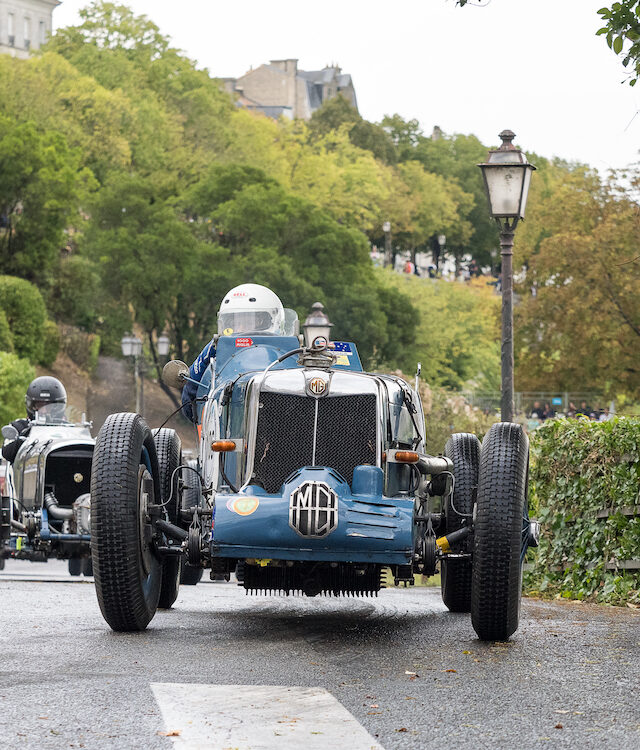
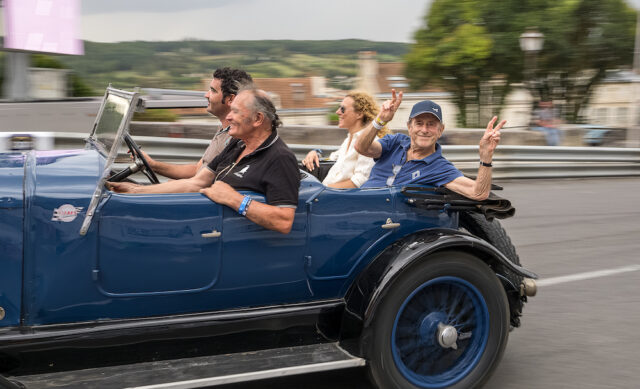
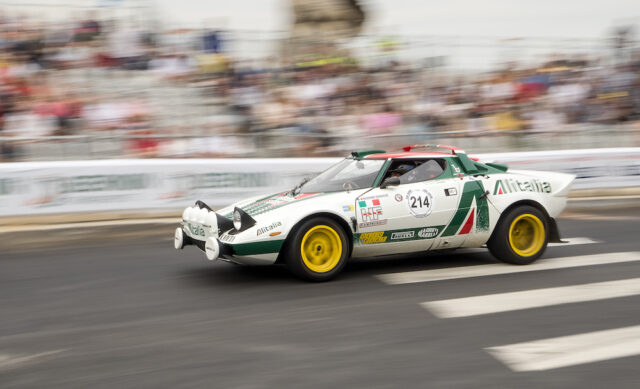
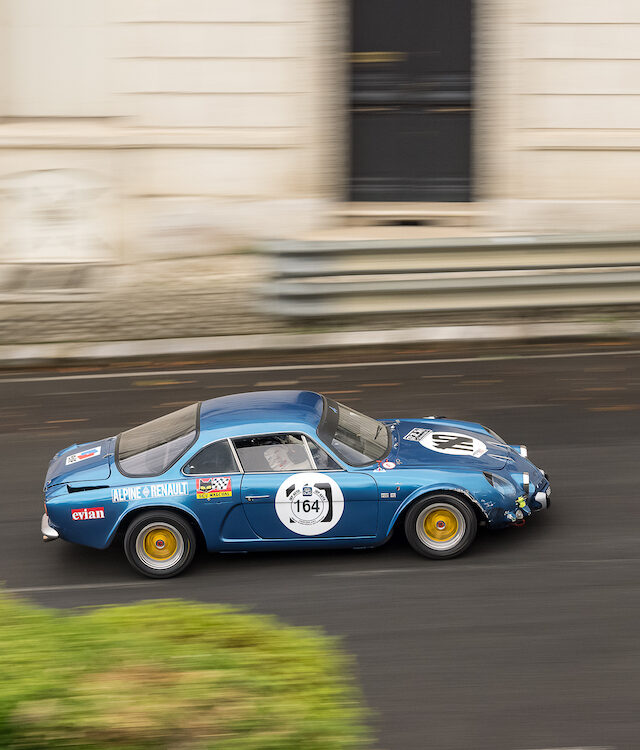
A suitably thrilling end to an endearingly friendly Historic motor sport festival.
